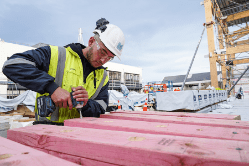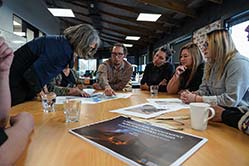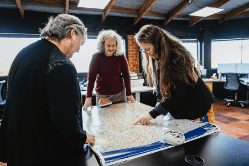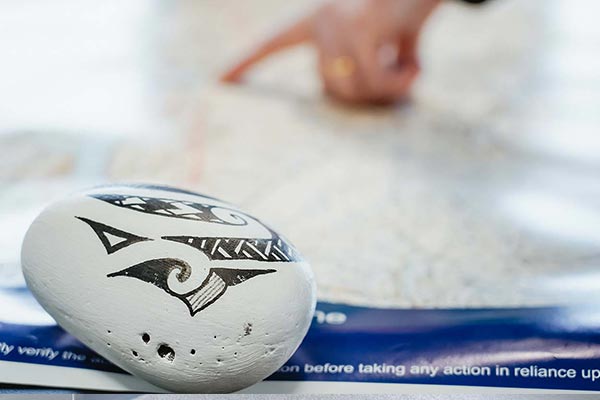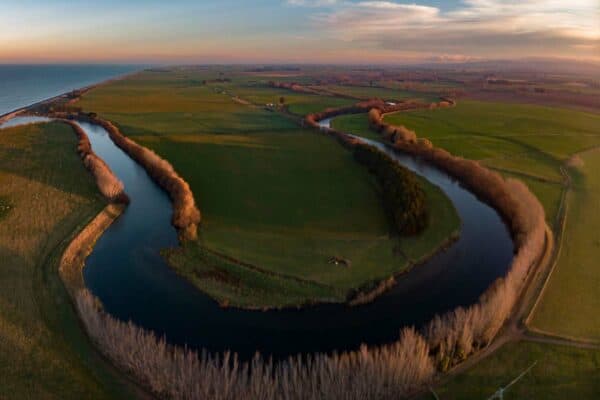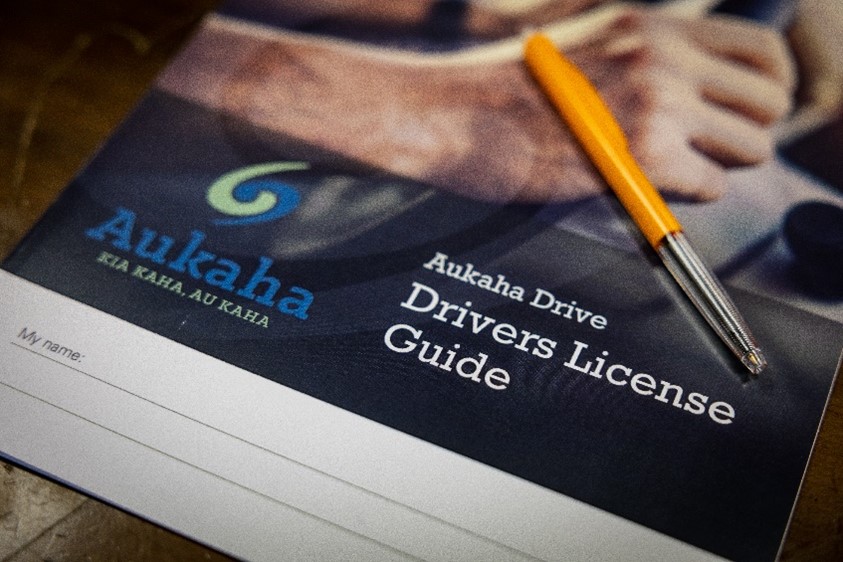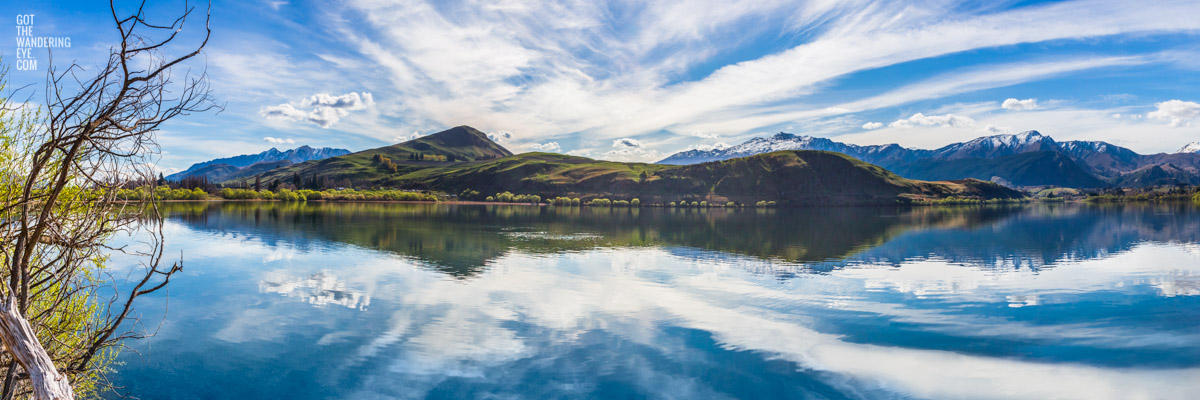Kāi Tahu wero for protection of taoka recognised
A wero put down by mana whenua regarding a new development in Tāhuna Queenstown was directly addressed by an independent hearing panel in their decision report to the Minister for the Environment.

Te Pūtahi Ladies Mile
A wero put down by mana whenua regarding a new development in Tāhuna Queenstown was directly addressed by an independent hearing panel in their decision report to the Minister for the Environment.
Te Pūtahi Ladies Mile (TPLM) is an 120 hectare area adjacent to State Highway 6 between the Shotover River and Waiwhakaata Lake Hayes.
The Queenstown Lakes District Council-led development proposal for Te Pūtahi Ladies Mile is a master-planned approach to creating a new community that will include medium to high density housing, schools, and shopping centres. However, the development requires a zone change from rural, rural lifestyle and large lot residential land to enable a range of high, medium, and low density residential and commercial zones.
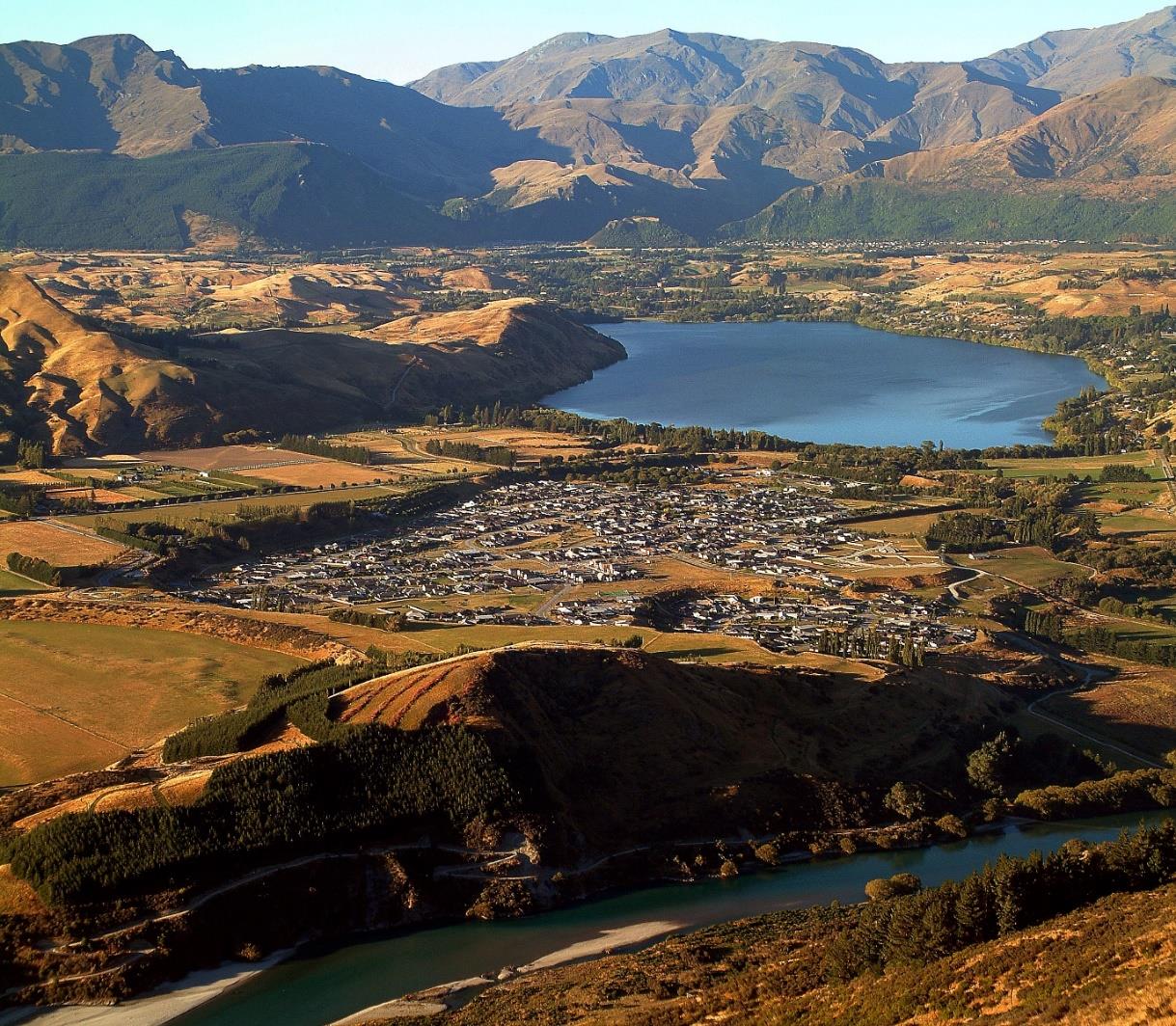
And while the new development might be viewed as a good proposal in establishing well-designed urban environments and providing more housing in Tāhuna Queenstown, concerns were raised by Kāi Tahu submissions at the lack of integration of Kāi Tahu values, blue-green networks and the approach to stormwater management.
At a hearing in December 2023, Oraka Aparima’s Jana Davis spoke as a cultural witness and Aukaha planner Michael Bathgate as a planning witness, on behalf of Te Rūnanga o Moeraki, Kāti Huirapa Rūnaka ki Puketeraki, Te Rūnanga o Ōtākou and Hokonui Rūnanga, the three Murihiku Rūnaka, and Te Rūnanga o Ngāi Tahu.
“Kāi Tahu’s position was that growth was managed as much as possible, in a way that minimises the effect on the environment,” Mr Bathgate says.
Some of the concerns Mr Bathgate raised included implementing Kāi Tahu values that sit in the spatial plan into all aspects of the planning process. Those values include whanaukataka, haere ki mua, kiatiakitaka and mauri.
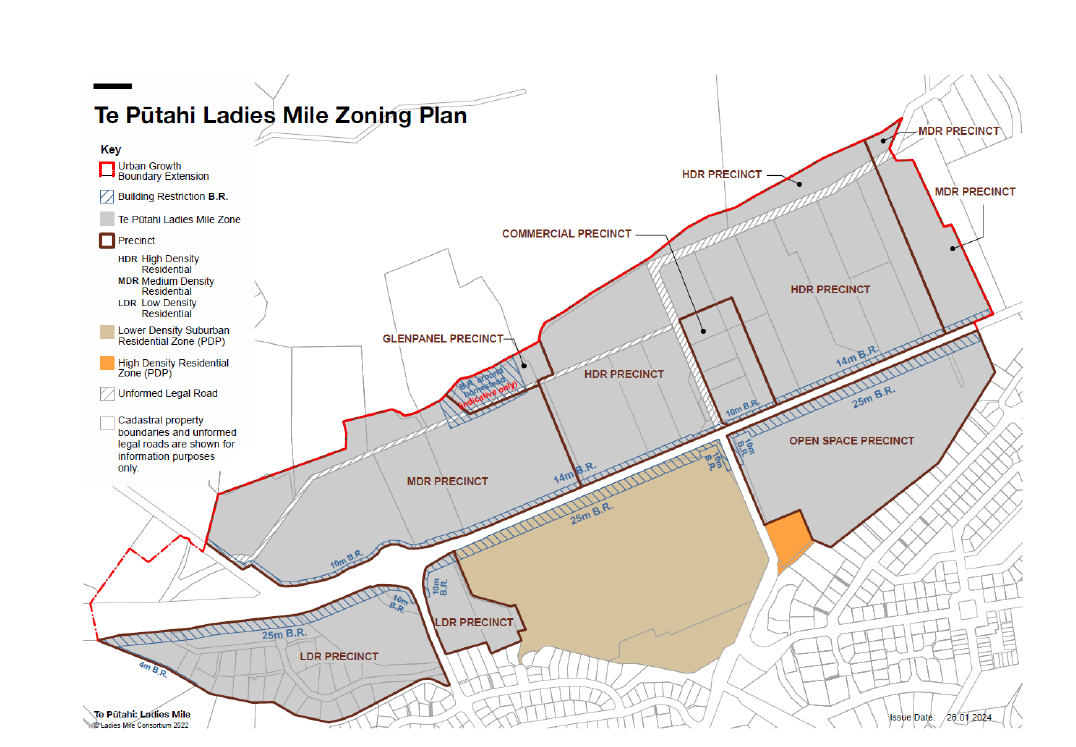
“One of the big concerns was how storm water was going to be managed and the effects on Waiwhakaata, which is within the catchment of this area,” Mr Bathgate says.
“There are aquifers underneath the proposed development. There's runoff from Slope Hill, which is the big hill behind the Ladies Mile development site. Most of that water goes to ground and goes into those aquifers. In high rainfall events, there can be overland flow towards Waiwhakaata.
“With the land being developed and hard surfaced, the natural soakage won’t occur. There will be more surface water and potentially more run off. And as the land is gradually inclined towards Waiwhakaata, the surface water will be picking up pollutants as it runs. This was the main focus of the Kāi Tahu submission and evidence.”
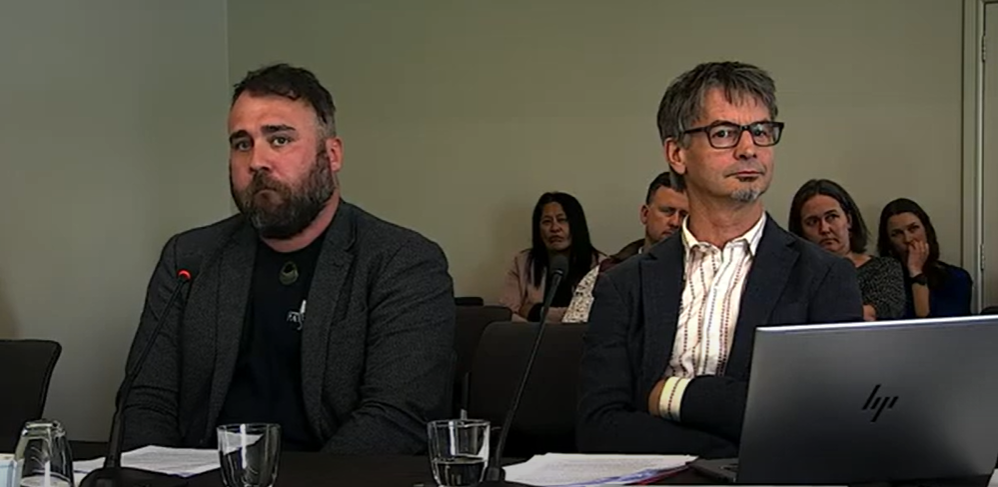
Mr Davis told the hearing panel his concerns regarding the continuing diminishment of the mauri of Waiwhakaata, and how a ki uta ki tai approach toward the catchment was required.
“Over the past four years, I have spent a large focus on restoring Waiwhakaata/ Lake Hayes. Why? Because I have witnessed its significant deterioration within my lifetime,” Mr Davis wrote in his evidence.
“The changes observed in Waiwhakaata are significant and should be addressed. We are seeing reduced eel populations, episodic fish kills, algal blooms and more. I have concerns about continued sediment discharges from urban development and increased town populations.
“We are concerned in relation to stormwater run-off and its potential to contain contaminants. There will always be a knock-on effect to expansion of our towns; cumulative effects are real and should be addressed in an integrated approach.”
“The biggest test that we face is to rise to the challenge and understand what shared success can look like for our precious catchments. Success is building the whare for whānau to live in, and protecting the environment that sustains the whare and the whānau into the future. Both are necessary for survival.”

In their decision report, the panel opened with a direct response to the wero of mana whenua.
“As made clear in the challenge from Kāi Tahu, and in the Minister's expectations to us, this development must also recognise, and protect as appropriate, the mauri and environment of the TPLM Site and its surroundings, especially Waiwhakaata Lake Hayes.”
The panel’s final decision therefore called for, among other things, the development to set a new stormwater standard for urban development in the district as requested by Kāi Tahu.
“For Rūnaka to fulfil their duties as kaitiaki, a function of rakatirataka, they seek the regeneration and enhancement of Waiwhakaata Lake Hayes, Kimiākau and Kawarau awa, so that mokopuna might experience their lakes and rivers in the manner of their ancestors. In so doing they recognise the interconnectedness of the environment and the wider Mata-au catchment, ki uta ki tai,” their report read.
“Despite its significance, Waiwhakaata Lake Hayes is seriously degraded. Considerable iwi and community effort is going into its rehabilitation. While the Te Pūtahi Ladies Mile Site makes up a small part of its catchment, it is critical that the lake is appropriately protected…and we have accepted a process that provides a step change in stormwater management for the District, which will deliver the appropriate protection.”
The panel was appointed by the Queenstown Lakes District Council as Independent Commissioners to provide the report required by the Minister's Direction, and comprised of David Allen (Chair), Gillian Crowcroft, Hoani Langsbury, Judith Makinson and Ian Munro. The panel’s decision report and final recommendations are currently sitting with the Minister for the Environment for approval.
